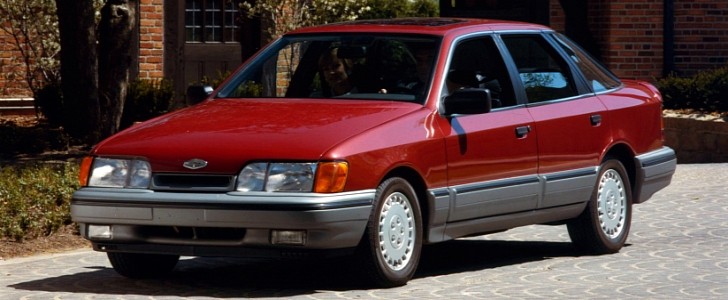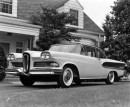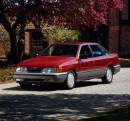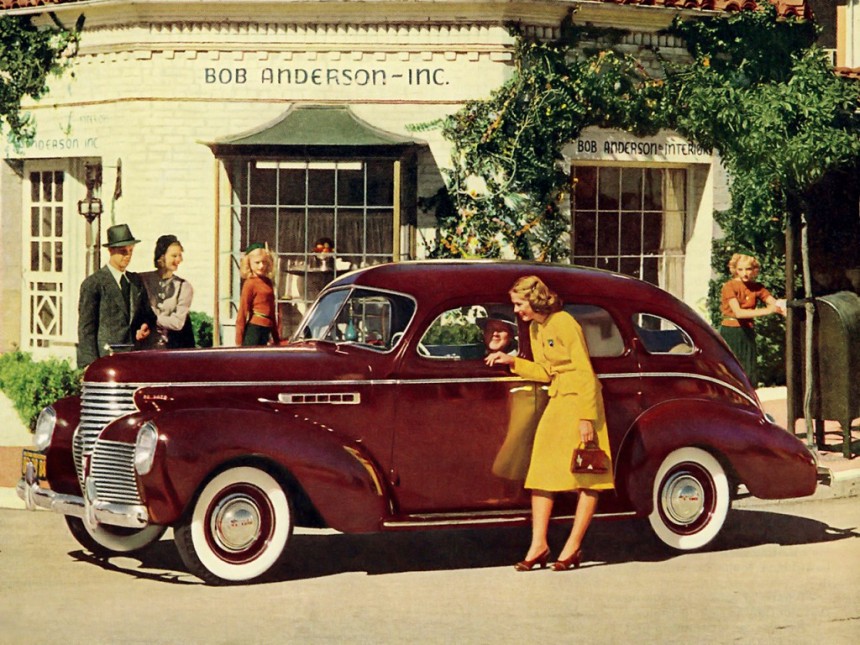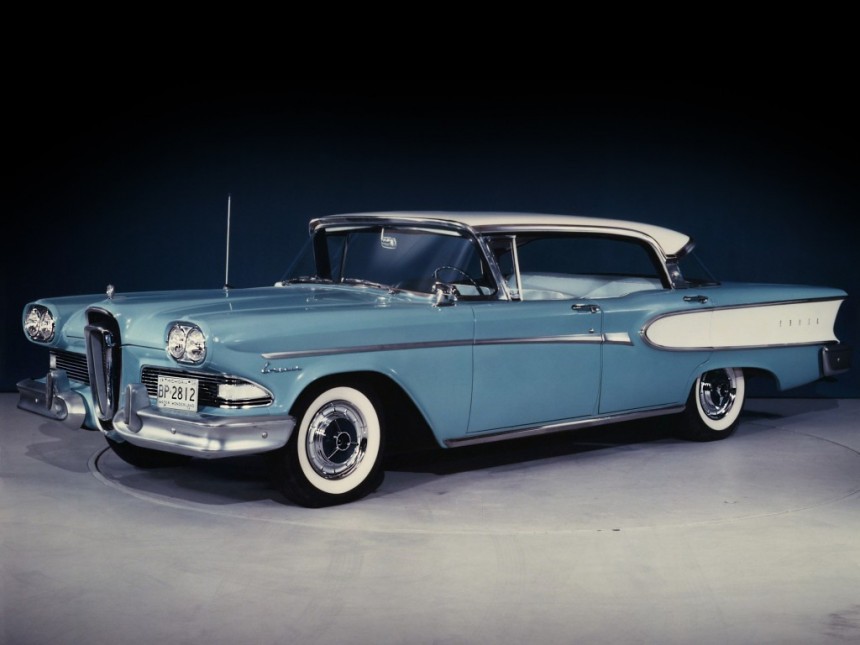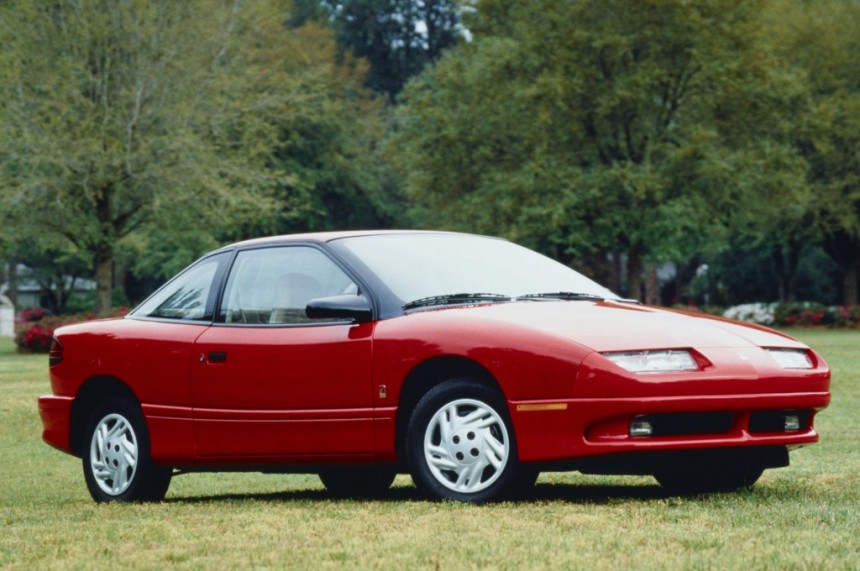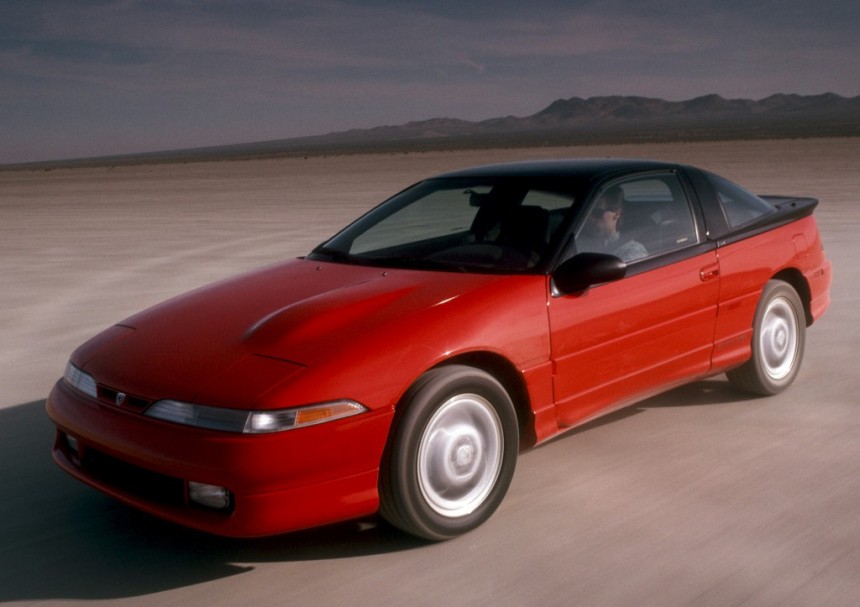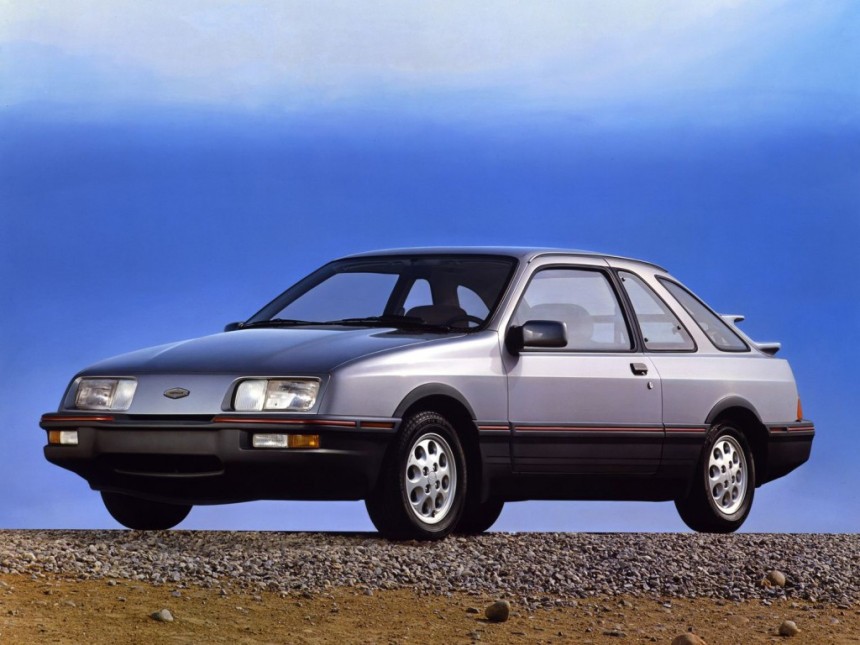The world's first automobile was conceived in the 19th century, but the first production car rolled off the assembly line in 1908. Yes, I'm talking about the iconic Ford Model T. Since then, hundreds of companies have jumped on the automobile bandwagon, and while some evolved into successful ventures that are still with us, many failed to make it into the 21st century.
Some carmakers went belly up because of mismanagement, while others underestimated supply chain costs. Many luxury automakers had to close doors during the Great Depression, while the smaller businesses that survived were too weak to compete with Ford, GM, and Chrysler. Poor marketing and misjudgment of the public taste are also among the reasons why some companies had to call it quits.
But it wasn't just small ventures. "The Big Three" also made mistakes. And I'm not talking about Pontiac, Oldsmobile, or Mercury. At some point, America's leading automakers introduced car brands that failed with a bang and left the industry out the back door. Here are five of them.
As Dodge moved upmarket in the 1950s and Plymouth became more popular following World War II, DeSoto quickly turned into the corporation's slowest-selling brand. Chrysler's decision to allow its marques to go against one another on the market and a poor representation of DeSoto in dealerships across the U.S. were the final nails in the division's coffin. As a result, DeSoto was shut down in 1961, leaving behind nameplates like the Fireflite and the Adventurer.
But while it was slotted above Ford and below Mercury, it shared a price range with the latter. Ford spent a great deal of cash on the Edsel pre-introduction publicity campaign, which promised an "entirely new kind of car." However, the final product shared underpinnings and body parts with other Ford models while sporting a rather strange front-end design.
The Mercury-like sticker and the quirky looks kept customers out of dealerships, and Ford was forced to discontinue Edsel after only three years. The stunt cost the automaker a whopping $250 million.
Following a series of concept cars and prototypes, Saturn introduced its first production car for the 1991 model year. While the company's cars proved popular with buyers, sales were lower than projected, and almost 50% of buyers already owned a GM-built vehicle.
Saturn expanded its lineup with new nameplates starting in 2000, but sales remained slow. On top of that, its separation from GM stirred discontent within the giant's other divisions. As a result, the company decided to get rid of Saturn by either closing or selling it. Following an unsuccessful attempt to sell the division to Penske, GM closed off Saturn in 2010.
As a result, Eagle continued selling cars developed during the AMC era. However, Chrysler also used the division to sell a handful of nameplates based on Mitsubishi platforms. But Eagle suffered from a lack of product recognition within Chrysler. And with most dealers opting to focus on the more popular Jeep brand, Eagle became a nuisance and was phased out in 1999, after only 11 years on the market. It also tried to sell re-badged Renault vehicles (the Medallion and the Premier), whch only worsened the brand's situation.
To comply with U.S. emission regulations, the XR4Ti had the Sierra's 2.8-liter V6 replaced with the 2.3-liter turbo-four from the Mustang. The Scorpio was largely similar to its European counterpart and came with a 2.9-liter V6 under the hood. While the XR4Ti was somewhat successful in its first two years on the market, sales dropped dramatically in 1987.
Paired with an unfavorable exchange rate between the U.S. dollar and the Deutsche mark and changes to safety regulations that required expensive redesigns for both cars, Ford decided to drop the Merkur brand in 1989, only six years since it was created. A flop almost as big as the Edsel division.
But it wasn't just small ventures. "The Big Three" also made mistakes. And I'm not talking about Pontiac, Oldsmobile, or Mercury. At some point, America's leading automakers introduced car brands that failed with a bang and left the industry out the back door. Here are five of them.
DeSoto
Walter Chrysler founded DeSoto in 1928 as a brand that would compete with Pontiac, Studebaker, and Hudson. It was slotted below the newly-purchased Dodge and above the entry-level Plymouth division. Even though it survived on the market for more than 30 years, DeSoto wasn't Chrysler's most successful venture in the automobile market.Edsel
It's been more than 60 years since Ford discontinued the Edsel brand, and it's still used as a textbook example of marketing failure. That says a lot about the short-lived company. Founded in 1956, the division named after Henry Ford's son was created to compete with the likes of Buick, Oldsmobile, Dodge, and DeSoto.But while it was slotted above Ford and below Mercury, it shared a price range with the latter. Ford spent a great deal of cash on the Edsel pre-introduction publicity campaign, which promised an "entirely new kind of car." However, the final product shared underpinnings and body parts with other Ford models while sporting a rather strange front-end design.
Saturn
Much like Edsel, Saturn marketed itself as a "different kind of car company." But that's because it originally operated somewhat independently from General Motors. It had an independent dealer network and rolled out unique models. Founded in 1985, Saturn was GM's first true attempt to compete with Japanese imports on the U.S. market.Following a series of concept cars and prototypes, Saturn introduced its first production car for the 1991 model year. While the company's cars proved popular with buyers, sales were lower than projected, and almost 50% of buyers already owned a GM-built vehicle.
Eagle
The second Chrysler-owned brand on this list, Eagle, was established in 1988, following the purchase of American Motors Corporation (AMC). Named after AMC's four-wheel-drive Eagle model, it was Chrysler's way of retaining some of the nameplates it inherited through the purchase without folding them in an existing structure.As a result, Eagle continued selling cars developed during the AMC era. However, Chrysler also used the division to sell a handful of nameplates based on Mitsubishi platforms. But Eagle suffered from a lack of product recognition within Chrysler. And with most dealers opting to focus on the more popular Jeep brand, Eagle became a nuisance and was phased out in 1999, after only 11 years on the market. It also tried to sell re-badged Renault vehicles (the Medallion and the Premier), whch only worsened the brand's situation.
Merkur
Yet another ill-fated brand from the 1980s, Merkur was established by Ford to sell captive imports produced by its German division. Drawing its name from the German word for Mercury (a rather confusing choice for customers), Merkur sold only two models in the U.S. The brand debuted with the XR4Ti, a slightly revised Sierra, in 1985 and introduced the Scorpio midsize sedan for the 1988 model year.To comply with U.S. emission regulations, the XR4Ti had the Sierra's 2.8-liter V6 replaced with the 2.3-liter turbo-four from the Mustang. The Scorpio was largely similar to its European counterpart and came with a 2.9-liter V6 under the hood. While the XR4Ti was somewhat successful in its first two years on the market, sales dropped dramatically in 1987.
Paired with an unfavorable exchange rate between the U.S. dollar and the Deutsche mark and changes to safety regulations that required expensive redesigns for both cars, Ford decided to drop the Merkur brand in 1989, only six years since it was created. A flop almost as big as the Edsel division.
